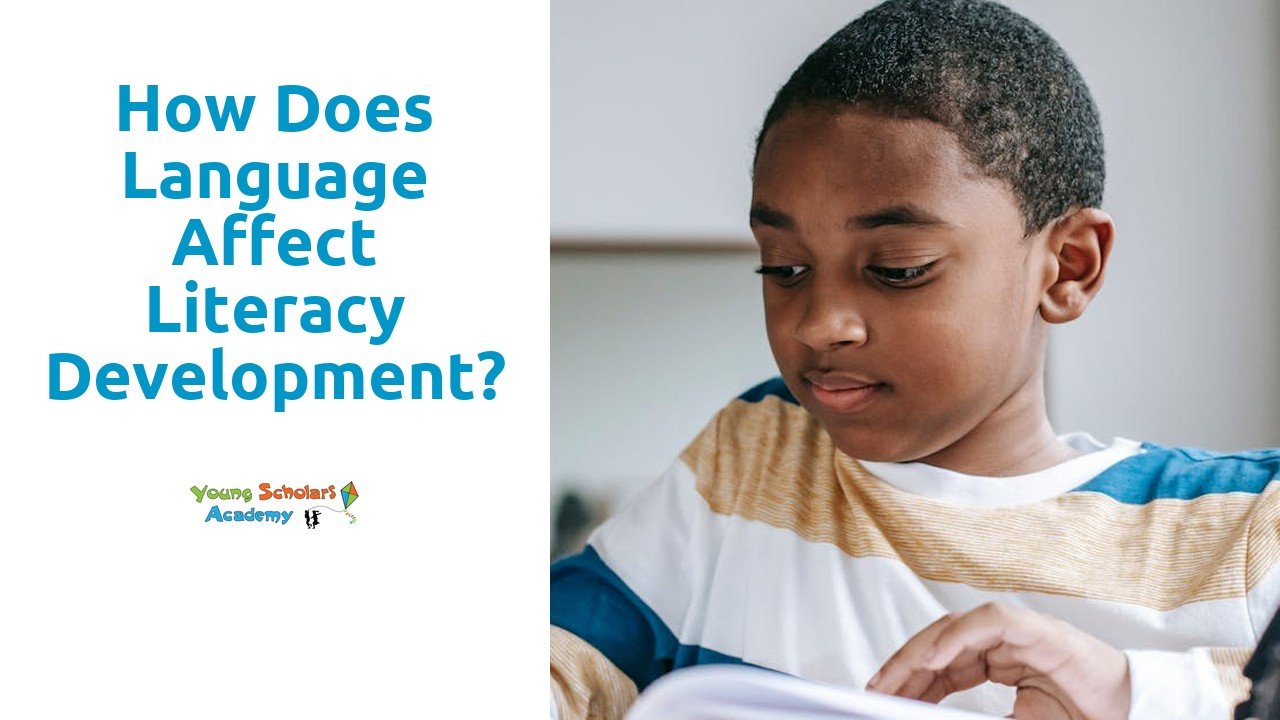Bilingualism and Literacy
Bilingualism plays a significant role in literacy development, influencing individuals’ cognitive abilities and linguistic skills. The connection between bilingualism and literacy is evident in various studies that highlight the advantages of being proficient in multiple languages. Research indicates that bilingual individuals often display enhanced reading comprehension, critical thinking, and problem-solving skills compared to monolinguals. Studies conducted in diverse settings have shown that bilingualism can positively impact cognitive flexibility and executive function, which are crucial components of literacy development.
Language and literacy development Sandy Village, Sandy has been a topic of interest in educational research, shedding light on the benefits of bilingualism for individuals of all ages. By engaging with different languages, individuals can broaden their cultural understanding, communication skills, and cognitive abilities. In educational settings, promoting bilingualism can lead to improved academic performance, increased linguistic awareness, and a deeper appreciation for multiculturalism. Thus, embracing bilingualism not only enhances literacy skills but also fosters a more inclusive and diverse learning environment.
Exploring the Benefits of Bilingualism for Literacy Development
Bilingualism, or the ability to speak two languages fluently, has been shown to have numerous benefits for literacy development. Research indicates that individuals who are bilingual often exhibit advanced reading and writing skills compared to their monolingual counterparts. Learning and using multiple languages can enhance cognitive abilities, including problem-solving skills and memory retention. In a study conducted in Sage Crest Subdivision Number 4, Sandy, bilingual children were found to have higher levels of phonological awareness and vocabulary comprehension, which are fundamental skills in language and literacy development. Being able to switch between languages also improves metalinguistic awareness, allowing individuals to understand and manipulate language more effectively. This flexibility and cognitive agility contribute to overall literacy proficiency.
Furthermore, bilingualism fosters a deeper understanding of different cultures and perspectives, which can enrich one’s reading comprehension and writing proficiency. Exposure to diverse linguistic and cultural contexts through bilingualism can broaden a person’s worldview and foster empathy, critical thinking, and creativity. Researchers at Sage Crest Subdivision Number 4, Sandy, have found that bilingual individuals often exhibit greater sensitivity to nuances in language, leading to more sophisticated writing styles and reading strategies. Additionally, bilingualism has been linked to improved executive function skills, such as cognitive flexibility and attentional control, which are essential for effective language and literacy acquisition. Therefore, embracing bilingualism can significantly benefit language and literacy development across various cognitive domains.
Socioeconomic Factors and Language Proficiency
Socioeconomic factors play a significant role in shaping language proficiency and, consequently, literacy development. Research has consistently shown that children from lower socioeconomic backgrounds tend to have limited exposure to rich language environments compared to their more advantaged peers. This lack of exposure can hinder their language acquisition and ultimately impact their literacy skills. In addition to environmental factors, access to quality education and resources also plays a crucial role in determining a child’s language proficiency and literacy abilities. Language and Literacy Development Huntsman Plat A, Sandy.
Moreover, socioeconomic status can influence the level of parental involvement in a child’s language and literacy development. Parents from higher socioeconomic backgrounds often have more resources and time to dedicate to fostering their child’s language skills through activities like reading together, engaging in conversations, and providing educational materials. On the other hand, parents facing economic challenges may have limited time or knowledge to support their child’s language development effectively. Consequently, addressing the impact of socioeconomic factors on language proficiency is essential in creating equitable opportunities for all children to thrive in Language and Literacy Development Huntsman Plat A, Sandy.
Addressing the Impact of Socioeconomic Status on Language Skills
Socioeconomic status plays a significant role in shaping language skills, which in turn impacts literacy development. Individuals from higher socioeconomic backgrounds often have access to more resources that support language acquisition, such as books, educational programs, and exposure to diverse vocabulary. On the contrary, children from lower-income households may face challenges in developing strong language skills due to limited access to such resources. This disparity in early language experiences can have long-term effects on literacy proficiency and overall academic success.
Research indicates that children’s language skills are closely linked to their family’s socioeconomic status. Families with higher income levels tend to engage in more conversations, use complex language structures, and provide children with a print-rich environment that fosters language development. In contrast, children from economically disadvantaged backgrounds may experience fewer language-rich interactions, which can hinder their linguistic growth and literacy abilities. Understanding the intersection between socioeconomic status and language proficiency is crucial in addressing linguistic disparities and promoting equitable opportunities for all children to thrive in their Language and Literacy Development Sandy Heights North Mini, Sandy.
Technology’s Role in Language and Literacy
Technology plays a pivotal role in shaping the landscape of language and literacy development in today’s educational context. As we navigate the Language and Literacy Development Canyon Village, Sandy, it becomes evident that technology offers a vast array of tools and resources to enhance language skills and foster literacy proficiency among learners. Interactive applications, online resources, and digital platforms provide engaging ways to practice vocabulary, reading comprehension, and writing skills, catering to individual learning styles and preferences.
Furthermore, the integration of technology in language and literacy instruction opens up opportunities for interactive and collaborative learning experiences. Virtual classrooms, online forums, and multimedia resources not only facilitate language practice but also cultivate critical thinking, creativity, and communication skills. By leveraging technology effectively within the realm of language and literacy education, educators can create an engaging and dynamic learning environment that nurtures students’ linguistic abilities and fosters a passion for reading and writing.
Leveraging Technology to Enhance Literacy Skills
Technology plays a pivotal role in shaping the way individuals develop literacy skills. By integrating interactive tools and digital resources into educational settings, educators can create engaging learning experiences that cater to diverse learning styles. Language and literacy development are intricately intertwined, and technology serves as a facilitator in enhancing both aspects. Platforms such as Language and Literacy Development Hummingbird and Sandy offer a range of interactive activities and resources that can boost reading and writing proficiency among learners of all ages.
Furthermore, technology allows for personalized learning experiences, catering to the individual needs and strengths of each student. By leveraging adaptive technology, educators can tailor literacy interventions to address specific language challenges effectively. Language and literacy development Hummingbird, Sandy platforms exemplify how technology can be utilized to create a supportive and immersive learning environment where students can actively engage with language concepts and improve their literacy skills.
FAQS
How does being bilingual impact literacy development?
Being bilingual can have several benefits for literacy development, such as improved cognitive skills, better problem-solving abilities, and a broader vocabulary.
How do socioeconomic factors influence language proficiency and literacy development?
Socioeconomic factors can play a significant role in language proficiency and literacy development, as individuals from lower socioeconomic backgrounds may have limited access to resources and educational opportunities that can hinder their language skills.
Can technology help enhance literacy skills?
Yes, technology can be a valuable tool in enhancing literacy skills by providing interactive learning experiences, access to educational resources, and opportunities for personalized learning.
What are the benefits of bilingualism for literacy development?
Bilingualism can lead to improved cognitive flexibility, better communication skills, and a deeper understanding of different cultures, all of which can positively impact literacy development.
How can we address the impact of socioeconomic status on language skills?
To address the impact of socioeconomic status on language skills, it is important to provide equal access to quality education, resources, and support systems for individuals from all socioeconomic backgrounds.
Related Links
What is language and literacy development in early childhood?






